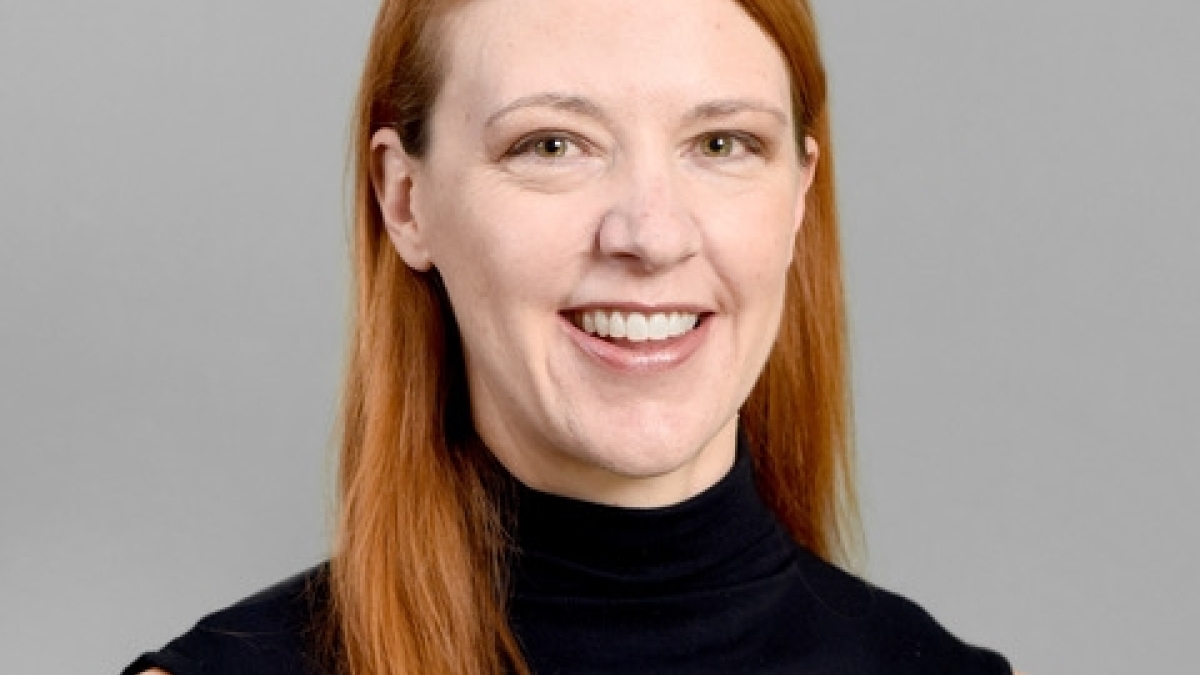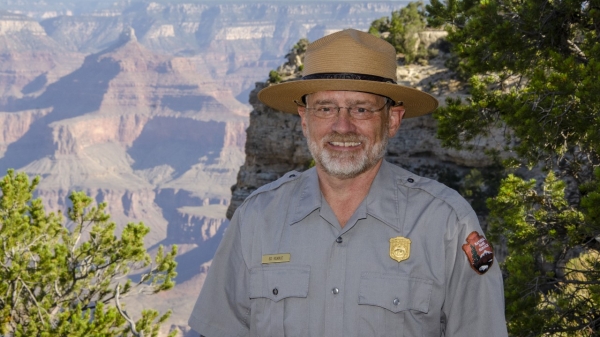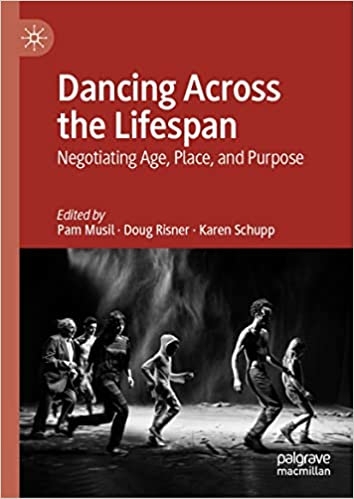A lifetime of dance: ASU professor's new book examines dancers’ relationship with the craft over time

Karen Schupp
Karen Schupp, associate professor of dance and associate director of the School of Music, Dance and Theatre at Arizona State University, recently published a book titled “Dancing Across the Lifespan: Negotiating Age, Place and Purpose.”
Published in February by Palgrave Macmillan, the book examines age and aging in relation to dance.
Co-edited with Pam Musil, professor emeritus in the dance department at Brigham Young University, and Doug Risner, Distinguished Faculty Fellow and director of the MA in Dance Teaching Artistry program at Wayne State University, the book is a collection of writing by various authors that invites readers to question often-held attitudes and assumptions surrounding dance.
Schupp, Musil and Risner originally met through the National Dance Education Organization years ago, and they’ve been sharing ideas ever since.
“The three of us tend to write about dance in relation to different aspects of social justice, so there's a desire to think about who dance matters to and how it matters through different lenses and experiences,” Schupp said.
As co-editors, they approached the book from their unique perspectives and points in their lifespans. Musil is a parent and grandparent of multiple children. Risner became a grandparent during the process of writing the book, and Schupp is the mother of a young child. Together, they co-wrote a chapter in the book about parenting while dancing.
“We each had these very different viewpoints based on our lives, where we are in this moment and in terms of where and how we've spent our time in dance,” Schupp said.
The chapters in the book address a wide range of topics: everything from father-and-son dance classes to teaching at a university, from the age appropriateness of dance competitions to dancing and dealing with cancer.
Liz Lerman, renowned choreographer and Herberger Institute Professor in the ASU School of Music, Dance and Theatre, wrote the foreword for the book. Mary Fitzgerald, ASU professor and artistic director of dance, and Eileen Standley, retired ASU dance professor, contributed a chapter to the book titled “Conversations on Change: A Project About Women, Dance, and Aging.”
The book is organized in three sections: Educational Contexts, Social and Cultural Contexts, and Artistic Contexts. Schupp said the process of editing the book was a challenge — in a good way.
“Every project I do stretches me. Every book project is an opportunity to learn something more,” Schupp said. “I feel like this stretched me because this book lives inside dance education, but it also lives inside dance studies, and up to this point, my book publications have primarily focused on dance education.”
Schupp shared about where the concept for the book came from, the process of editing it, surprises that came along during the process, who should read it and what she hopes they take away from it.
Question: Where did the idea for this book come from?
Answer: The idea for the book actually came from Pam Musil. We've known each other for a long time. She was an author in a book that Doug Risner and I edited, and she had this idea for a book about dancing and aging. We were interested in thinking about aging as a continual process — that you're aging from the moment you're born. So that's how we arrived at the idea of investigating dance across the lifespan and examining varied experiences with dance. How do those change as we age? What does dance mean at different points in your career, or even just at different points in your life?
Q: How did you gather the writings for the book?
A: It started with a call for papers. Authors submitted a proposal that described what they wanted to explore in their chapter, and each editor had a topic they wanted to explore in relation to their own life in dance, which fit in well with what we received through the call. The call for papers was critical in helping us develop the scope of the book and in including a range of perspectives and experiences in the book.
Q: Who should read this book?
A: College students on the cusp of entering the professional world would enjoy the book as they navigate their dance experiences and think about the role of dance in their life. The book will also appeal to dancers of any age to help them see that their dance journey doesn’t have to end at a certain age. And it will appeal to anyone interested in the social constructs of aging. And, of course, anybody that loves dance should read it!
Q: What is something that surprised you as you edited this book?
A: What surprised me was that there are many assumptions about the idea of “aging” — when it begins, who it affects, etc. — in relation to dance. There is a tendency to think that you are not aging until you hit a certain age, around 40 or so. This book helped me to think more about a continuum of experiences that a person can have with dance and the varied ways people engage with dance at different points in their lifetime.
Q: What do you hope people take away from reading this book?
A: The way that dancers are able to frame their experience is always really beautiful and really rich, and I hope people can sense that while reading the book. But I also hope that they see that relationships with dance can evolve, and that evolution is what allows for a fulfilling, long-term engagement with dance.
More Arts, humanities and education

Grand Canyon National Park superintendent visits ASU, shares about efforts to welcome Indigenous voices back into the park
There are 11 tribes who have historic connections to the land and resources in the Grand Canyon National Park. Sadly, when the…
ASU film professor part of 'Cyberpunk' exhibit at Academy Museum in LA
Arizona State University filmmaker Alex Rivera sees cyberpunk as a perfect vehicle to represent the Latino experience.Cyberpunk…

Honoring innovative practices, impact in the field of American Indian studies
American Indian Studies at Arizona State University will host a panel event to celebrate the release of “From the Skin,” a…
